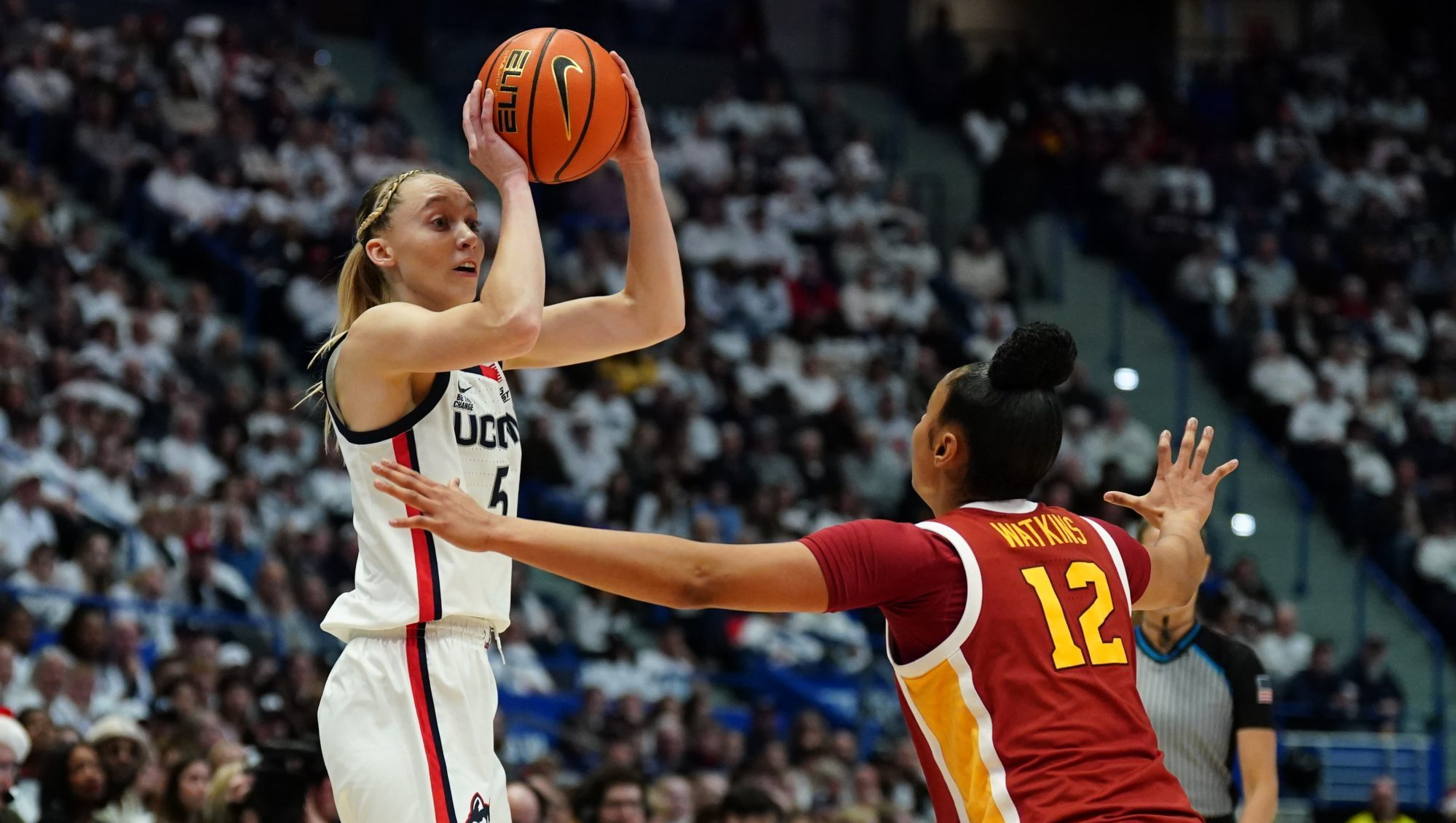In 2024, Women’s March Madness made history. With record-breaking viewership, thrilling matchups, and standout stars like Caitlin Clark commanding the national spotlight, the NCAA Women’s Basketball Tournament wasn’t just popular—it was a cultural moment. But in 2025, the narrative changed drastically. Viewership dropped by a staggering 64%, raising an uncomfortable question: What went wrong?
The Ratings Crash No One Saw Coming
According to Nielsen, the Final Four in 2025 averaged just 3.9 million viewers, compared to nearly 11 million in 2024. That’s a dramatic fall, especially considering the buzz surrounding the 2025 championship matchup between South Carolina and UConn, two powerhouse programs in the women’s college basketball world.
So, what caused the sudden disinterest? Experts, fans, and sports analysts point to one critical misstep: the absence of a marketable superstar to anchor the tournament.
The Caitlin Clark Effect: Too Big to Replace?
Caitlin Clark’s presence in 2024 didn’t just elevate her team—it elevated the sport. Her highlights were everywhere: ESPN, TikTok, YouTube, Instagram. She became a household name, drawing in casual viewers and first-time fans alike.
With her departure to the WNBA in 2024, the NCAA lost its biggest promotional asset. Despite the exceptional talents of Paige Bueckers, Kamilla Cardoso, and JuJu Watkins, no single player had quite the same cultural resonance or media dominance.
“You can’t manufacture stardom overnight,” said one NCAA media rep. “The sport is strong, but the viral moments just weren’t there this year.”
The Prime-Time Problem
Another issue? Scheduling. Fans took to social media to express frustration about late tip-off times and weekday broadcasts that made it harder to tune in live.
“I wanted to watch, but 9:30 PM on a Monday? That’s a no-go,” one fan posted on X (formerly Twitter).
The NCAA has been pushing for equal visibility between the men’s and women’s tournaments, but without aligning schedules or offering prime-time slots consistently, the viewing experience suffers, especially when attention spans are short and competition from streaming platforms is fierce.
Ticket Sales Hold Steady, But That’s Not the Whole Picture
Interestingly, ticket prices and arena attendance stayed relatively strong despite the drop in TV ratings. This suggests there’s still a loyal fan base eager to engage, just not necessarily through traditional broadcast channels.
“We saw strong attendance at neutral sites,” said a spokesperson for the NCAA. “But translating that into viewership is where the challenge lies.”
What This Means for the Future of Women’s College Basketball
The dip in 2025 shouldn’t be seen as a death sentence for Women’s March Madness. It may serve as a valuable wake-up call. Here’s what needs to happen next:
- Invest in star-building year-round: Promote players early and often, well beyond the tournament window.
- Fix the scheduling: Prime-time games on weekends should be the norm, not the exception.
- Innovate coverage: Lean into short-form video, behind-the-scenes content, and player-driven storytelling.
- Support parity and rivalries: Strong storylines create strong viewership.
Final Thoughts
Women’s March Madness has the talent, the history, and the momentum to remain a marquee event—but it can’t afford to overlook the power of personality and timing. Without a breakout star or viewer-friendly broadcasts, even the best basketball risks being ignored.
The lesson from 2025? One missed opportunity—failing to build post-Clark storylines and visibility—may have cost the NCAA millions of eyeballs.
But there’s still time to bounce back. And if women’s basketball has taught us anything, it’s that resilience is part of the game.

